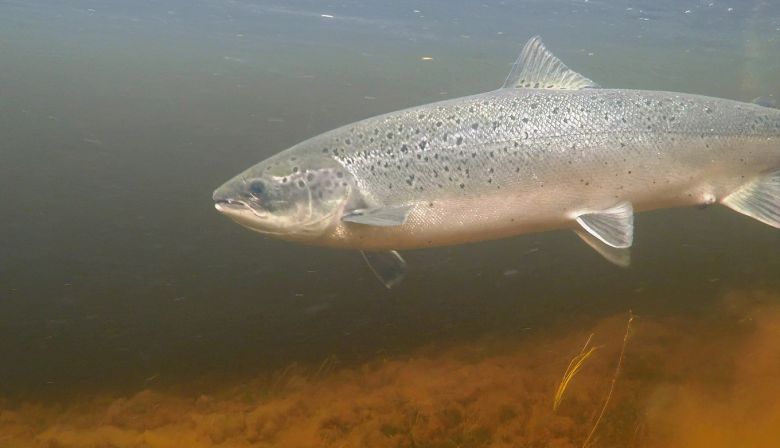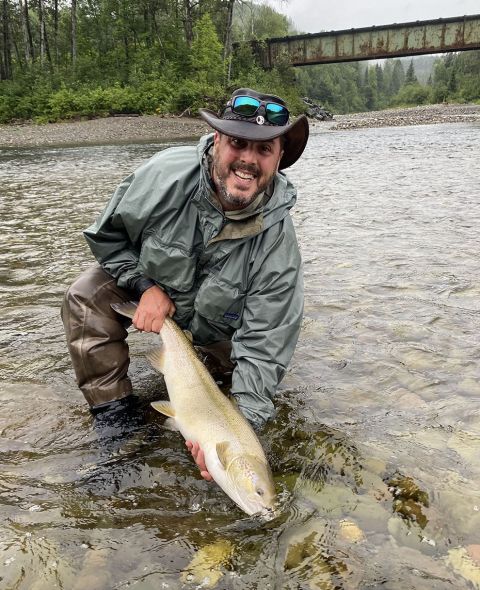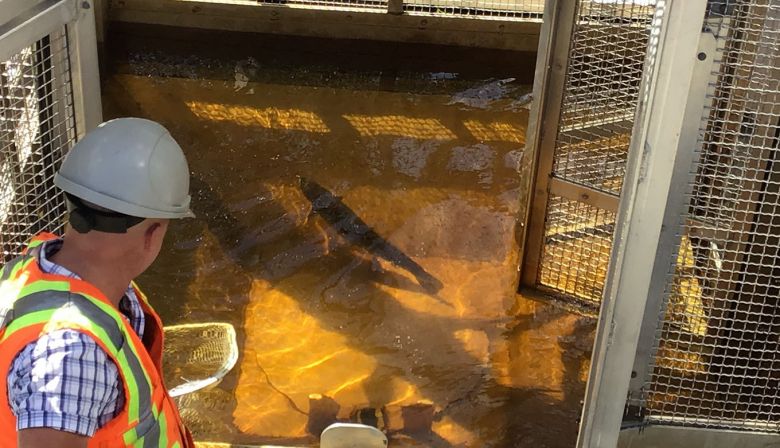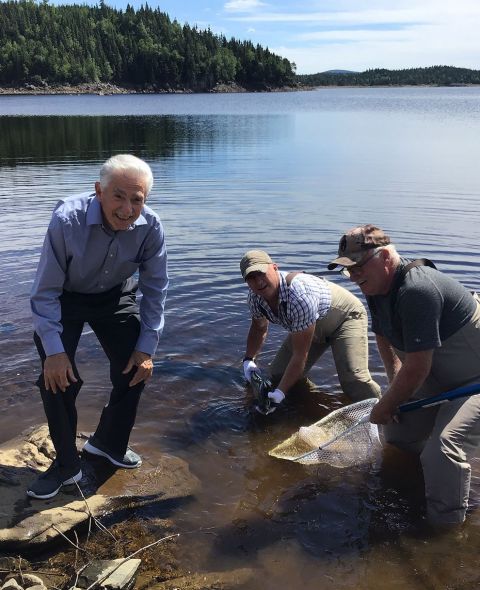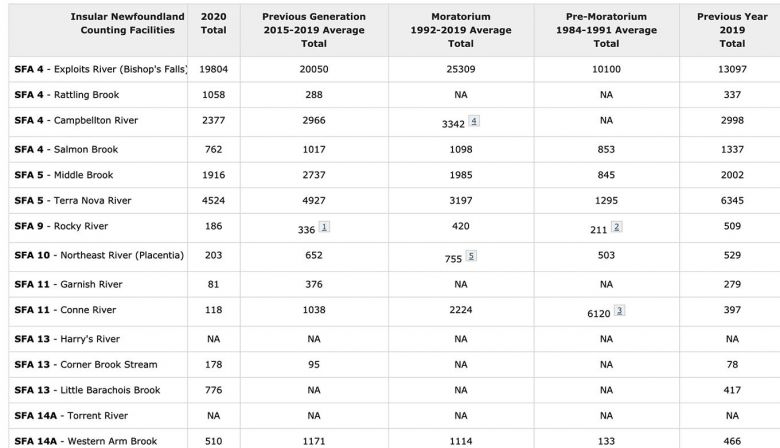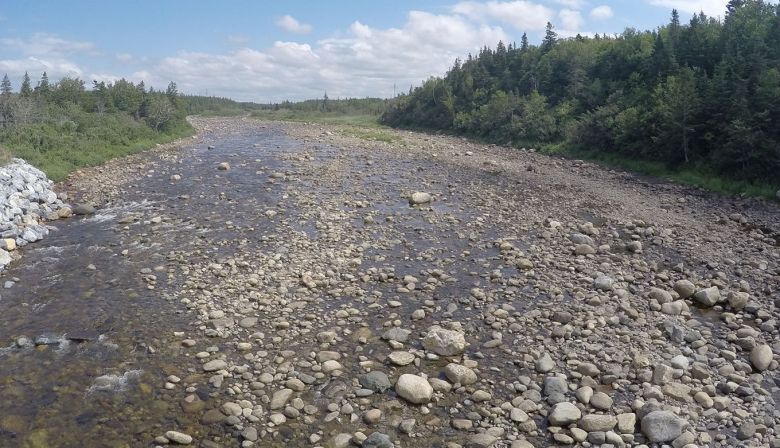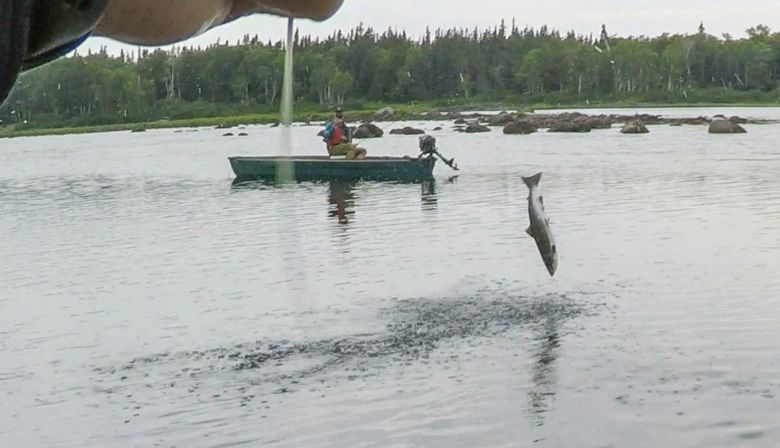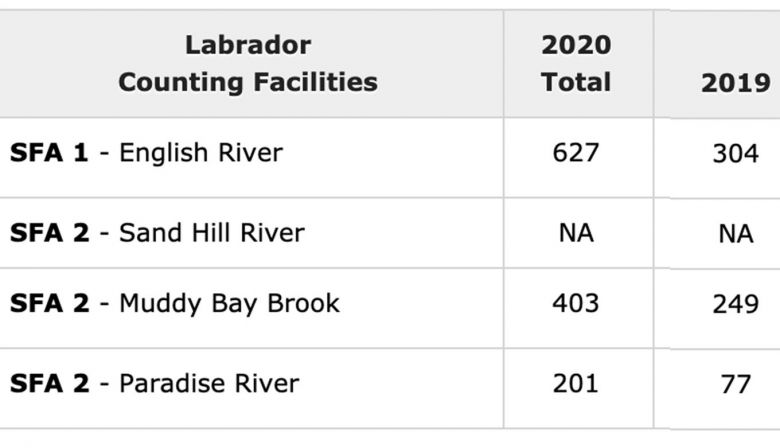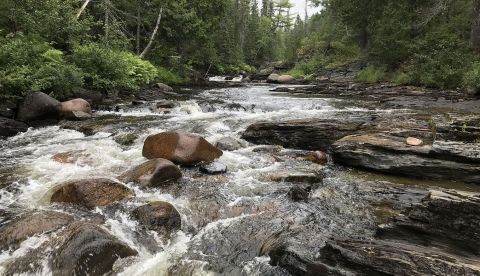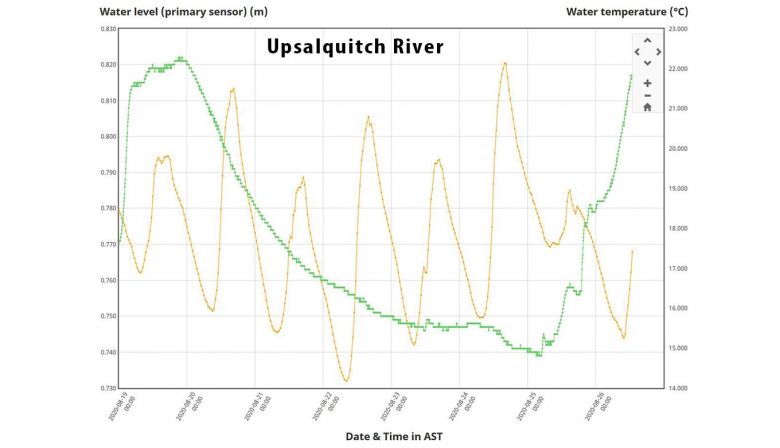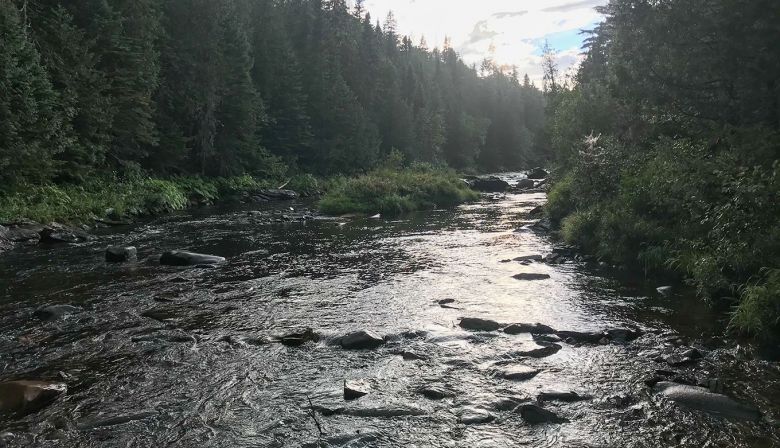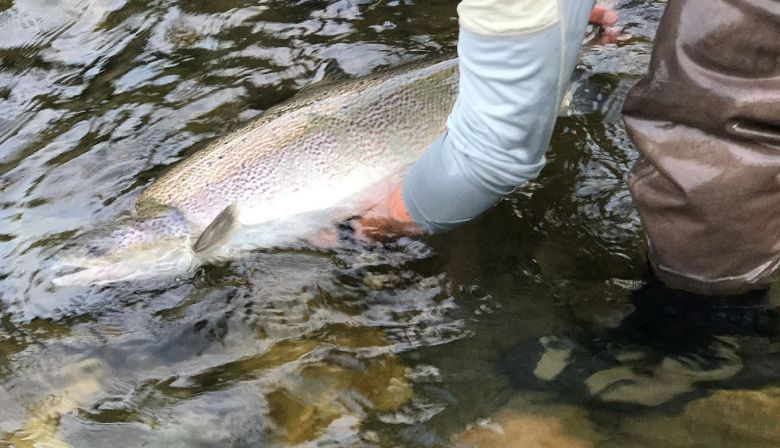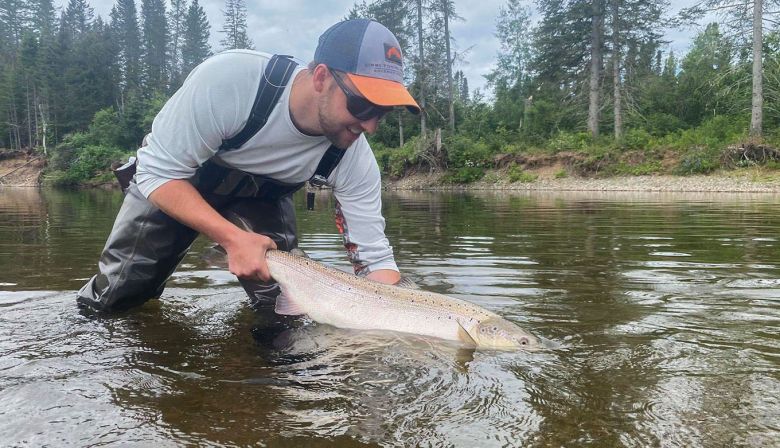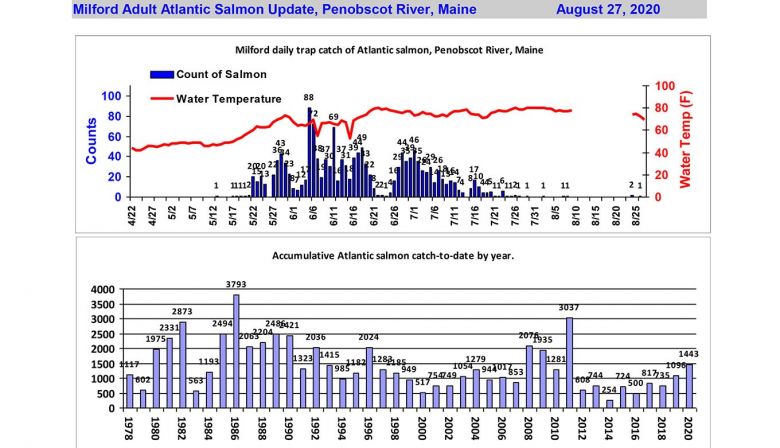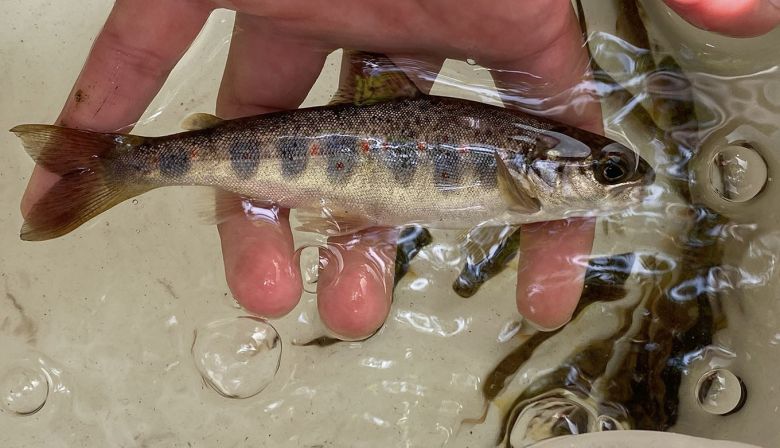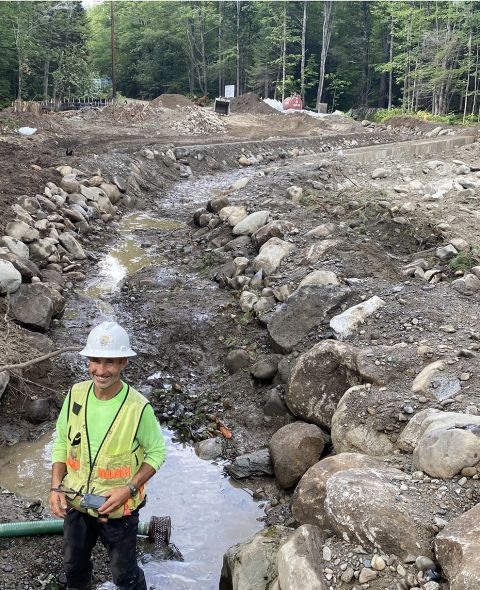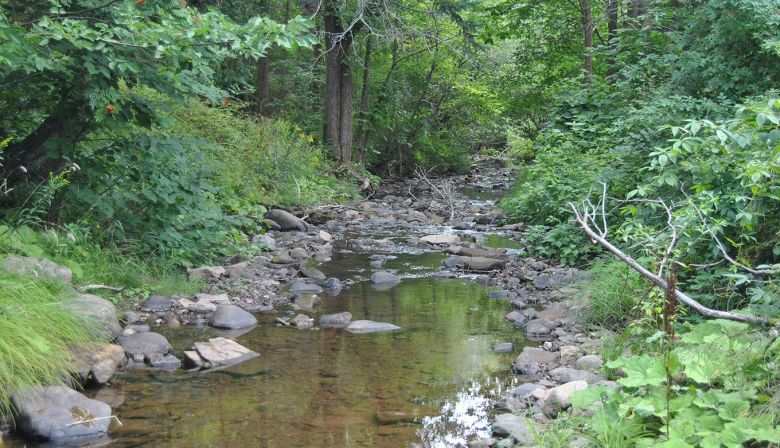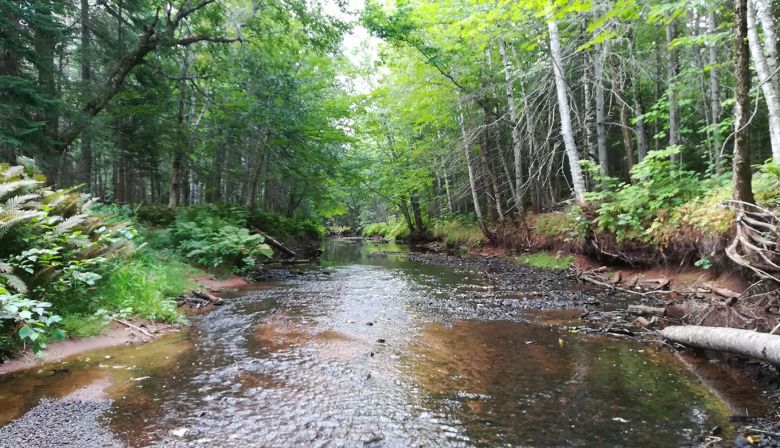Rivière Bonaventure River
Conditions on the river continue to be challenging. To August 15th, for the season, a total of 881 fish have been landed (592 salmon released and 289 grilse).
Compared to August 10th, 2019, to date, 762 fish had been reported landed including 602 released and 160 grilse harvested.
To August 11, 2018, for the season 1,080 fish were reported land to that date including 704 released and 378 grilse harvested.
Les conditions de pêche continuent d’être difficiles. Au 15 août, cumulativement pour la saison, 881 poissons ont été capturés dont 592 saumons relâchés et 289 madeleineaux récoltés.
Par rapport au 10 août 2019, à ce jour, 762 poissons avaient été déclarés capturés, dont 602 relâchés et 160 madeleineaux récoltés.
Au 11 août 2018, pour la saison, 1 080 poissons avaient été capturés, dont 704 relâchés et 378 madeleineaux récoltés.
Rivière Matane River
The Matane continues to have great migration numbers. To August 16th a total of 2,278 fish have been counted (1,478 salmon and 800 grilse).
A year ago, to August, 20 2019, 1,690 fish had been counted including 1,054 large salmon and 636 grilse.
Cumulatively on August 21, 2018, a total of 1,654 fish had migrated through the fishway including 898 large salmon and 756 grilse.
On the angling side as of August 16th, 519 fish have been landed (213 salmon and 54 grilse released, 49 salmon and 203 grilse harvested).
To August 20th, 2019, 492 fish had been reported to have been landed which included 198 large salmon and 28 grilse released. Also, 58 large salmon and 208 grilse had been harvested.
Le décompte de la Matane maintien son rythme très encourageant, au 16 août, 2 278 poissons ont été dénombrés dont 1 478 saumons et 800 madeleineaux.
Cumulativement au 20 août 2019, 1 690 poissons avaient été dénombrés, dont 1 054 saumons et 636 madeleineaux. Au 21 août 2018, un total de 1 654 poissons avait migré dans la passe migratoire, dont 898 saumons et 756 madeleineaux.
Du côté de la pêche sportive au 16 août, 519 poissons ont été capturés (213 saumons et 54 madeleineaux relâchés, 49 saumons et 203 madeleineaux récoltés).
Au 20 août 2019, 492 poissons auraient été capturés, dont 198 saumons et 28 madeleineaux relâchés. De plus, 58 saumons et 208 madeleineaux avaient été récoltés.
